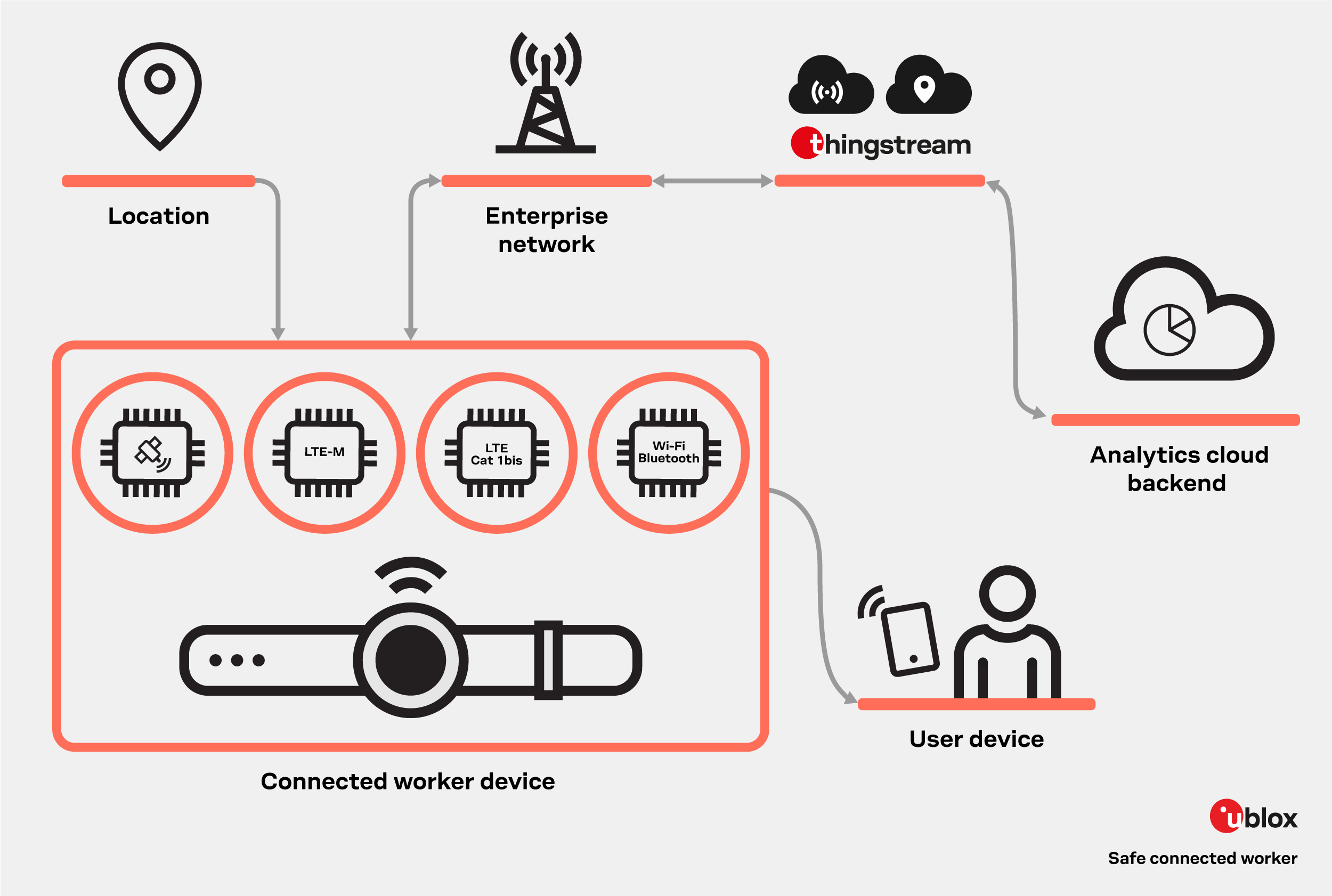
- Support portal
- Evaluation Kits and partner products
u-blox Support
- Product documentation
Documentation
- Investor relations
Investor relations
The risk to workers in manufacturing plants or construction sites is high, especially when working alone. Keeping workers safe in these environments is a priority.
This safety encompasses several levels, from the tools workers use, which may be subject to equipment malfunctions that workers are unfamiliar with, to emergency situations that may occur on the work site.
The digital transformation of industries, as well as the integration of various technologies, has led to the idea that a worker can perform corresponding tasks more efficiently by using connected tools and solutions.
Connected workers are employees who carry out their daily tasks and responsibilities with the help of technology and connected tools. These technologies are expected to increase productivity and efficiency in the workplace.
But the story does not end there. These tools and technologies can also be used to keep a worker safe. Safe-connected workers leverage these technologies to ensure their safety in a work environment. And they manage it aided by specific connected worker solutions.
One of the roles of connected worker solutions is to improve workplace safety. These solutions monitor, analyze, and improve worker safety conditions. Below is a list of some connected worker solutions designed specifically for safety purposes:
However, the safety of a worker on a construction site does not pertain only to the worker. It also depends on the surroundings, meaning that the environment is essential to a worker’s safety. Moreover, connected worker safety can impact not only safety aspects but also other areas, for instance, the company's revenue. Considering these aspects, we can think of three levels at which a worker’s safety makes a difference.

The ability of a connected tool to adapt to a worker’s body is the first step in ensuring safety. Providing workers with ergonomic and comfortable equipment can prevent potential short- or long-term injuries.
Once a connected worker is using/wearing an appropriate connected tool, the focus should then be placed on ensuring that connected wearables or other connected solutions are accurate, reliable, and compliant with specific industry risk-level regulations and standards.
With these two requirements in place, some specific benefits that connected tools can offer to connected workers are:
Connected workers should be equipped with wearables to monitor environmental changes that could compromise their safety. Some key characteristics related to the worker’s communication with the environment are:
Connected worker safety is not just about the worker. Using connected worker technology can also positively impact revenue maximization, cost effectiveness, and input for future solutions. Revenue maximization will result from fewer worker accidents, which will extend the useful life of equipment. This will lead to lower costs as companies will not have to replace equipment as often.
When connected tools and other equipment need replacement, it is important to consider what changes should be implemented based on experience. Suppliers and new trends play a determinant role here. Size and power efficiency are always at the forefront of the latest implementations. But beyond that, and when it comes to safety, existing standards need to be considered when designing solutions. For example, the BS 8484:2022 standard allows workers to dispatch a police level 1 response.

Stand-alone Bluetooth 5.1 low energy modules
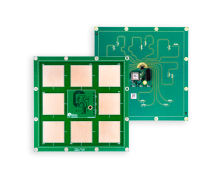
Bluetooth Low Energy 5.1 antenna board
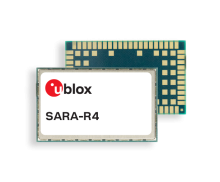
LTE-M / NB-IoT / EGPRS modules

Single-mode LTE Cat 1bis modules
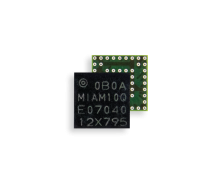
u-blox M10 standard precision GNSS SiP modules
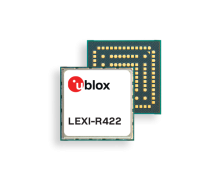
LTE-M / NB-IoT / EGPRS module
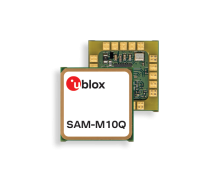
u-blox M10 standard precision GNSS antenna module

Stand-alone dual-band Wi-Fi modules with Bluetooth Low Energy
Contact us and we'll be in touch as soon as possible: